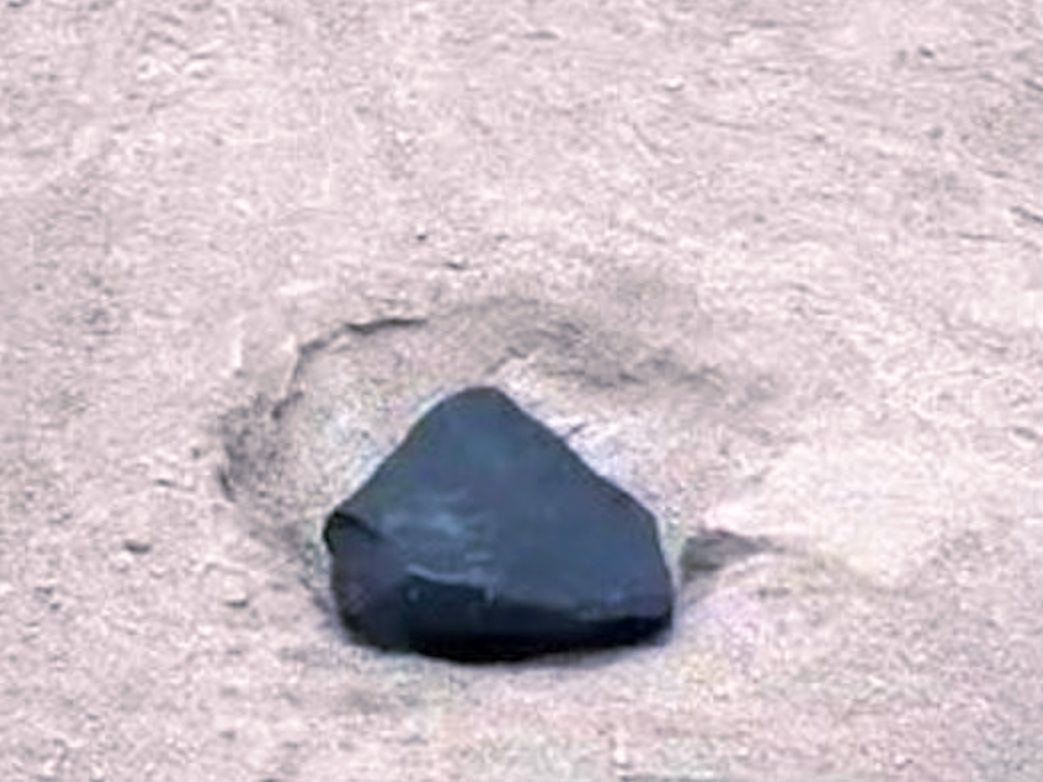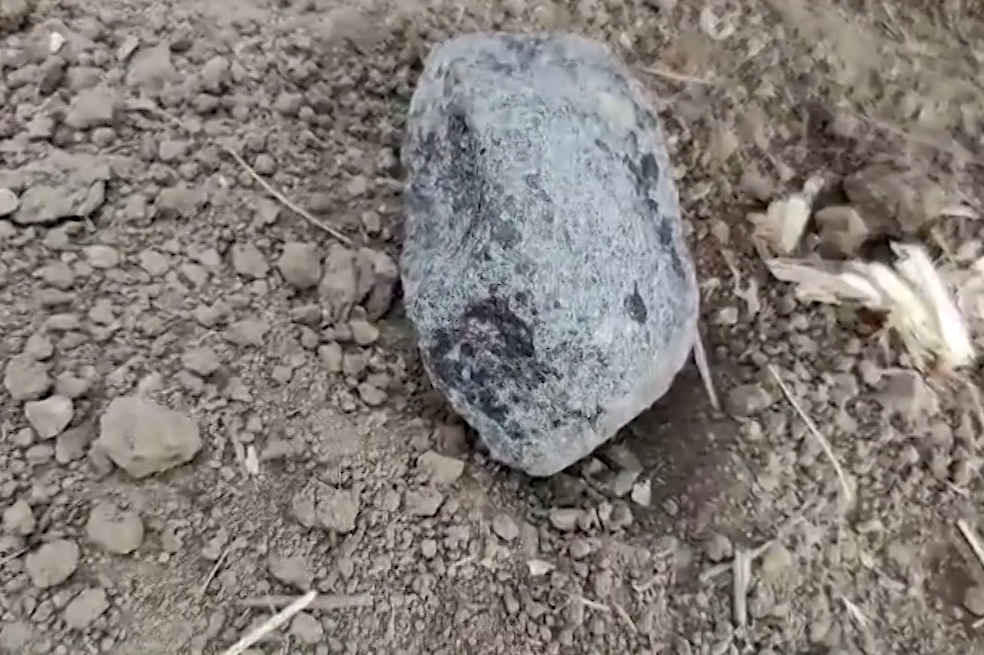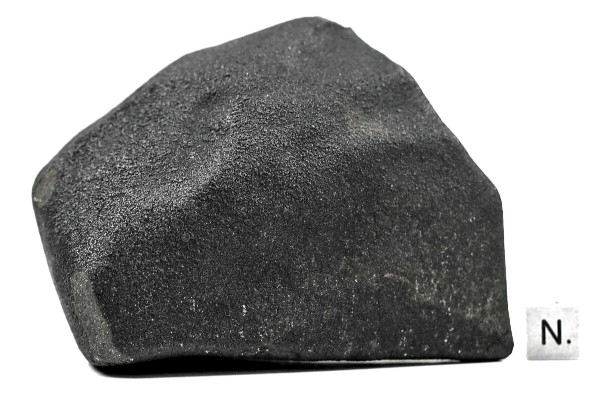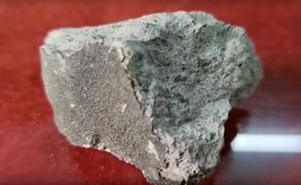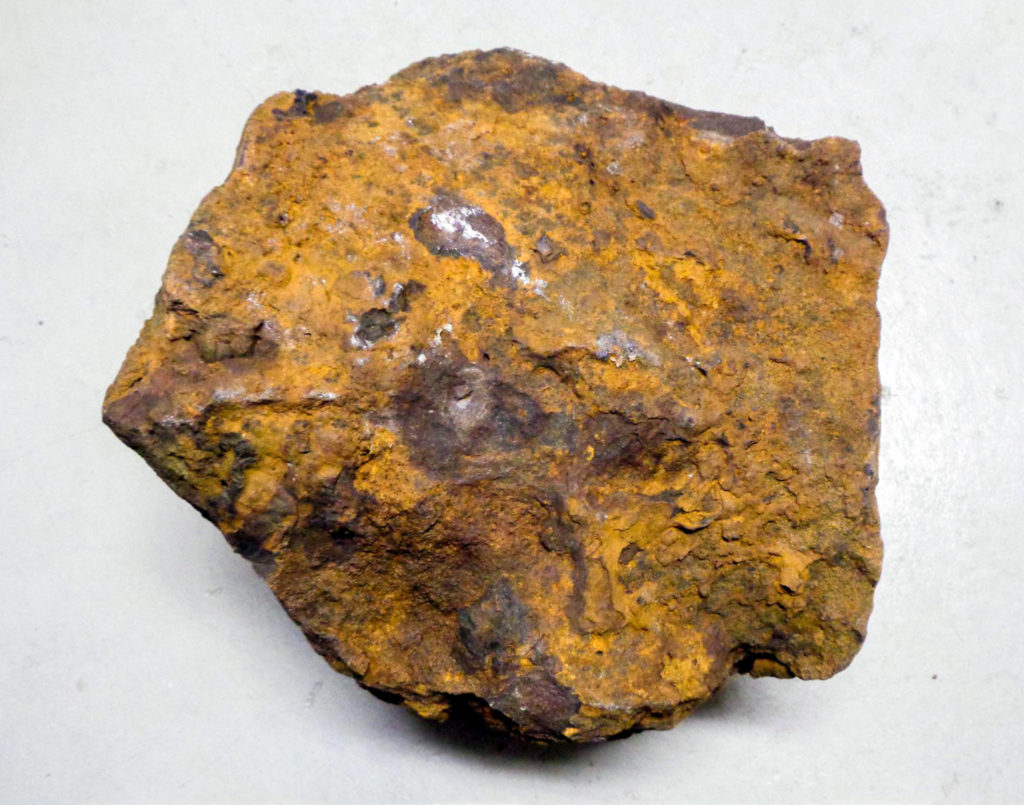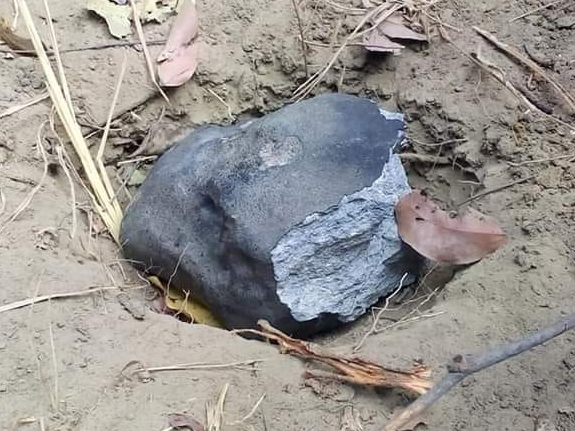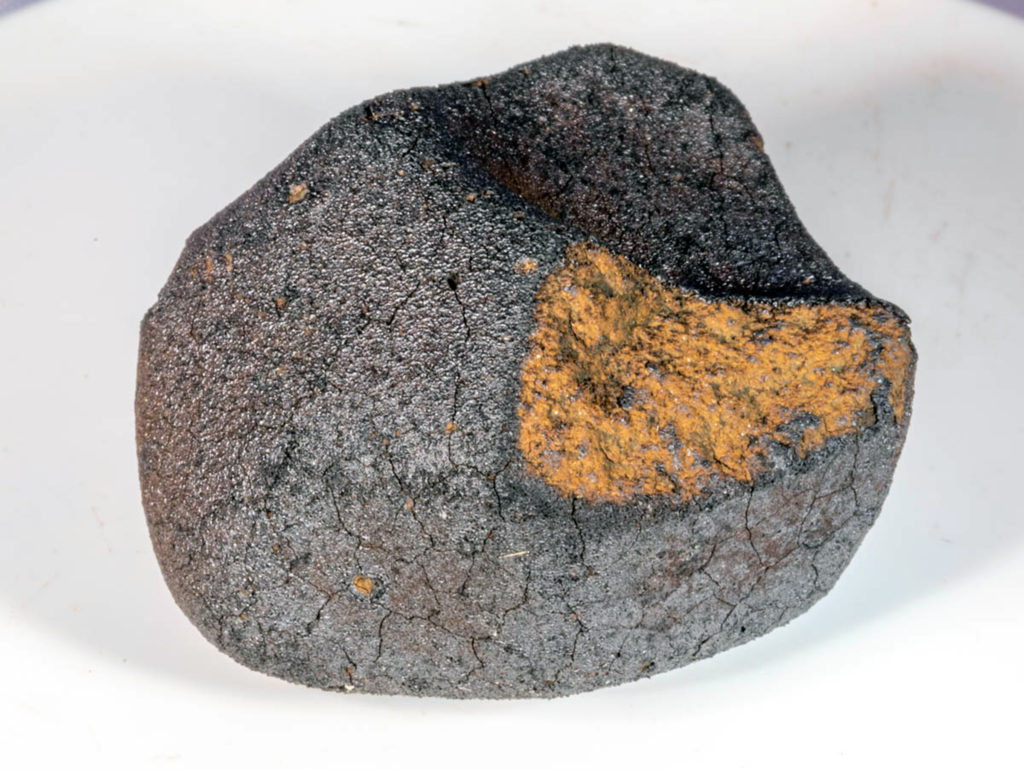Textural and compositional characteristics of metallic spherules in impact melt from Monturaqui crater, ChileOPEN ACCESS
Daniel O. Cukierski, David W. Peate, Ingrid A. Ukstins, Christy Kloberdanz, C. Tom Foster, Chungwan Lim
MAPS, First published: 06 February 2025
LINK (OPEN ACCESS)
PDF (OPEN ACCESS)
“Samples of impactite from the small (~350 m diameter) Monturaqui crater in northern Chile contain Fe-Ni metallic spherules sourced from the iron meteorite impactor. Textural characterization and quantification were done using SEM and μCT data. Two textural types are distinguished, with different size distributions. The smaller spherical objects (mostly <100 μm in diameter) follow a power law size distribution, while larger objects are mostly irregular-shaped patches. These are analogous to the small (nm to 50 μm) immiscible spherical metal droplets and large (150–500 μm) irregular partly fused pieces of the iron meteorite projectile observed in highly shocked ejecta fragments during hypervelocity impact experiments. Compositions of both spherule types were determined using in situ methods (electron microprobe, LA-ICP-MS), as well as solution ICP-MS on individual spherules separated from impact melt glass using electric pulse disintegration. Spherules are enriched in Ni and Co relative to Fe and W and relative to the inferred iron meteorite impactor composition, and PGEs show similar enrichments with limited fractionation between different PGEs, all consistent with selective oxidation processes. All spherules have similar chondrite-normalized patterns that are also broadly similar to weathered fragments of the iron meteorite impactor. Ni-Ge and Ni-Ir data on large (>300 μm) spherules and weathered meteorite fragments suggest that the Monturaqui impactor was a group IAB iron meteorite.”

